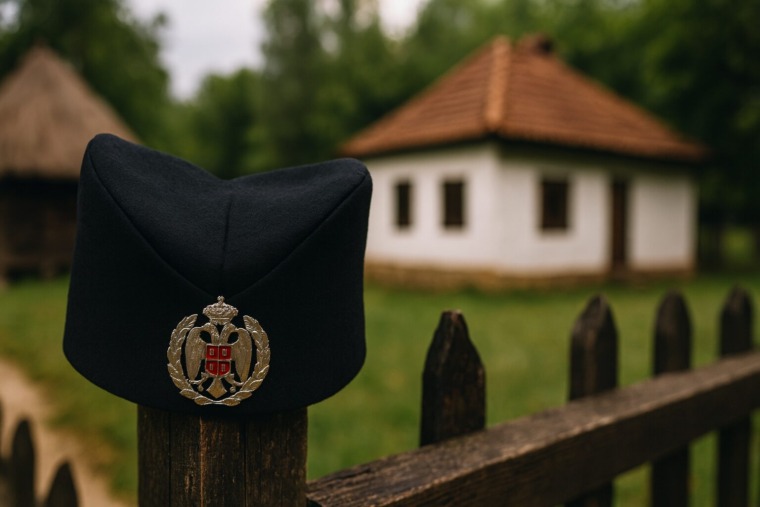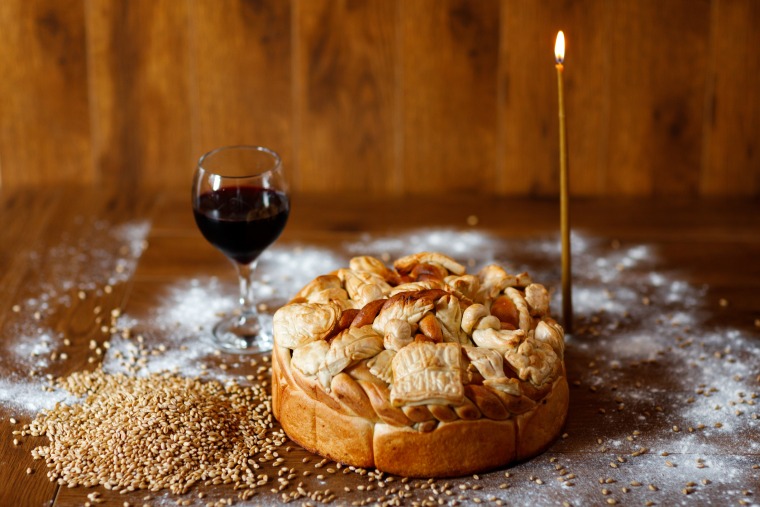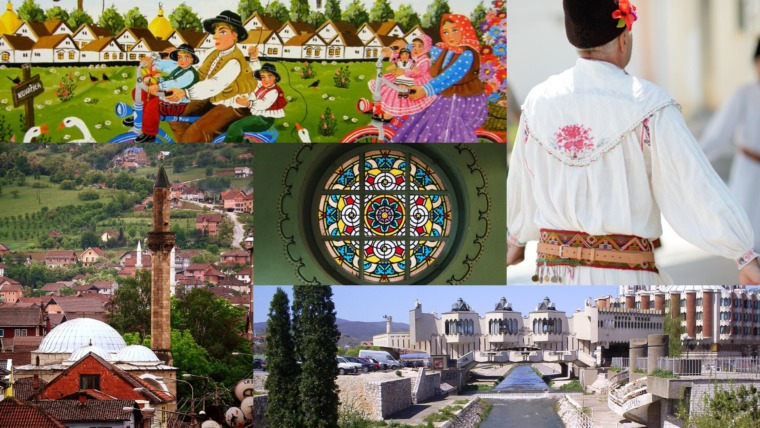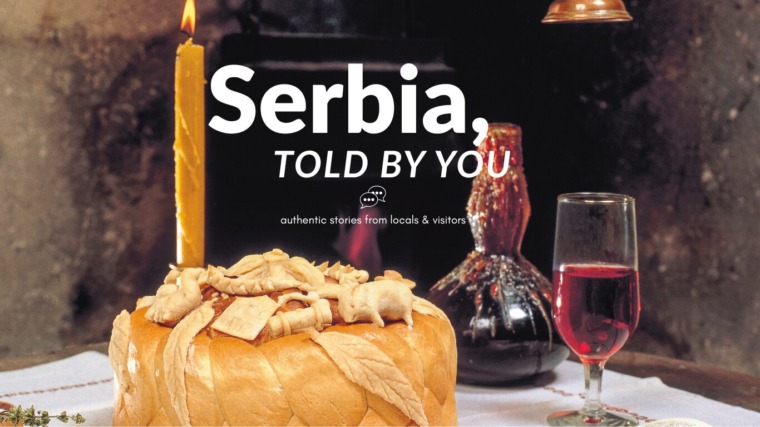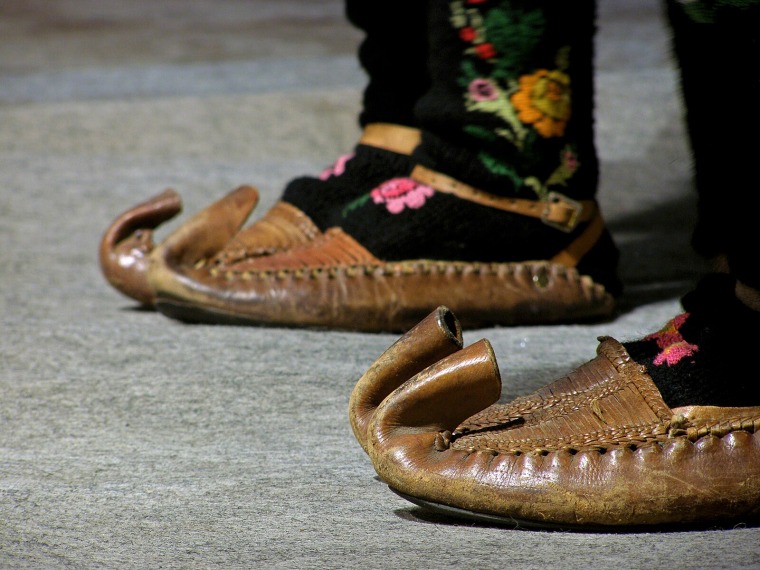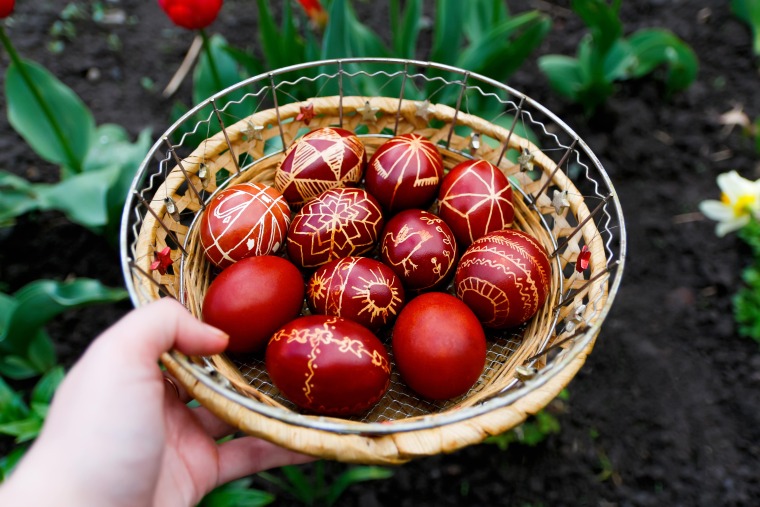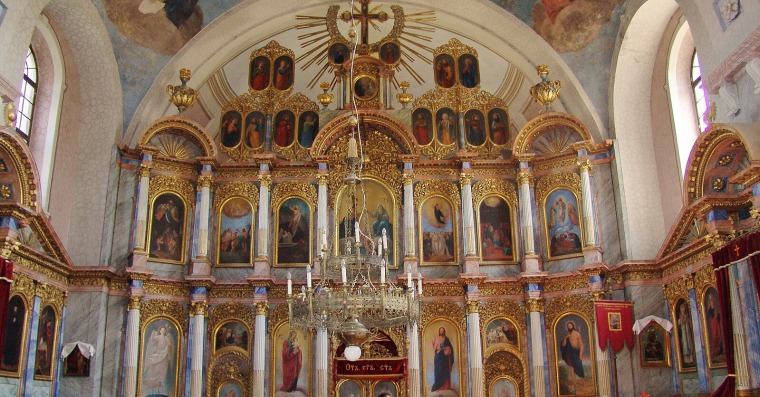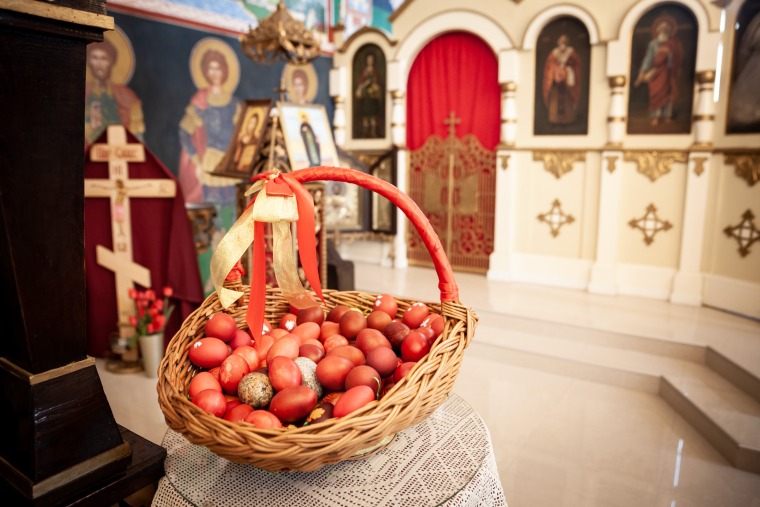Slava as the most significant family holiday, the fundament of origin and identity, is a universal but primarily religious and traditional trademark of the Serbs.
If you’re a foreigner visiting Serbia in the early autumn and you don’t know Serbian customs, you will surely think that there is a state of general emergency or a lack of food. There’s no need to be worried, lines in grocery stores, crowded supermarkets and people carring piles of food are the sign that the “slava” season has started.
This traditional and church custom is the second largest (after Christmas) family holiday and the characteristic of spiritual and family life in Serbia.
Serbs are the only Christians who celebrate “slava” – a patron saint day. It is the tradition of the ritual celebration and veneration of a family’s own patron saint.
It is the family holiday when with prayer and rituals family remembers their ancestors who celebrated the same saint.
Unlike most customs that are common for an entire nation, each family separately celebrates its own saint.
Sons inherit the slava from the head of the household, normally from their fathers, while daughters inherit a “slava” only if they don’t get married because married women celebrate their husbands’ “slava”.
 The central elements of “slava” are the icon of the patron-saint, “slavski kolač” (“slava” cake), “žito” (boiled wheat) and wine.
The central elements of “slava” are the icon of the patron-saint, “slavski kolač” (“slava” cake), “žito” (boiled wheat) and wine.
The most important part of the ritual is the church service with the blessing of the “slavski kolač”, “žito” and wine. These are gifts that represent a bloodless sacrifice glorifying God and the saints, then for souls of deceased family members and health and prosperity of those who celebrate and honor the particular “slava”.
There are 78 “slavas” in Serbia, and the most celebrated is the one in honor of Saint Nicholas on December 19th – “Nikoljdan” (about half of the population in Serbia celebrate this “slava”).
Other most celebrated “slavas” are in honor of Saint George (“Đurđevdan“, May 6th and “Đurđic” November 16th), St. Michael the Archangel (“Aranđelovdan” November 21st), St. John (“Jovanjdan” January 20th), St. Demetrius (“Mitrovdan” November 8th), St. Petka (“Petkovača” October 27th), St. Luca (“Lučindan” October 31st), St. Tryphon (“Trifundan” February 14th), St. Cosmas and Damian (“Vračevi” November 14th), St. Andrew (“Andrijevdan”)…
It is assumed that “slava” (patron saint day) represents the remains of the old Slavic paganism that had had a large number of deities before they entered into Christendom. The cult of ancestors had the important position among the ancient Slavs, so like once they had celebrated a pagan protector, today families celebrate a Christian saint.
At the old times, each family had its divine protector. Saint Sava, the founder of Serbian Orthodox church, popularized the tradition of celebrating patron-saint day. Since that time the ritual and customs have changed to form what today is known as “slava” celebration. Present-day form of “slava” (patron saint day) was finally formulated by Serbian Metropolitan Mihailo in 1862.
Customs differ from one region to another in Serbia, but preparation of boiled wheat and slava cake as well lighting the “slava” candle is common for all patron-saint day celebrations. Friends and family come to lunch or dinner, and the dishes can be made with or without fatty food, depending on whether the “slava” takes place during the church feast or not.



